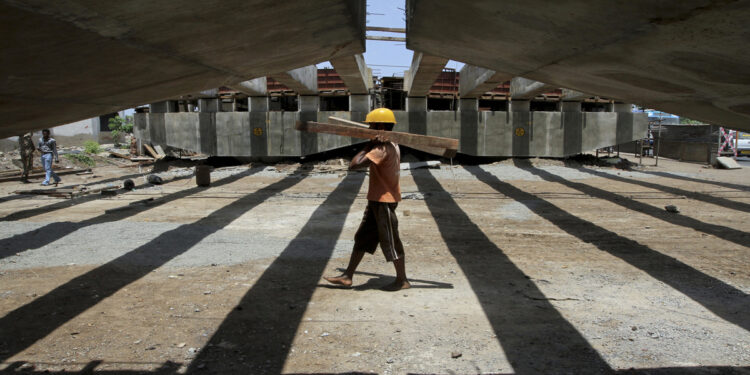It is time for concrete actions from the Government of India, for maximizing the revenue while keeping public expenditure as rational as possible and focused on asset and infrastructure building which has cascading impact in the economy.
By Gaurav Garg
As the COVID19 has severely impacted the economy for the second consecutive year, it is time for concrete actions from the Government of India, for maximizing the revenue while keeping public expenditure as rational as possible and focused on asset and infrastructure building which has cascading impact in the economy.
In my opinion, the government should rethink the new tax regime which was launched last year as there has not been much success to that regime so far. The intent has been very good, and the Government should try and make it more practical for people to adopt. Also, the Government might look at increasing the highest tax slab rate from 15 lacs to 20 lacs. Budget 2021 did not provide any major relief to the salaried class, and this section is eagerly waiting for FM’s decision on it. Hence, the salaried class would be expecting an increase in the standard deduction limit to account for the increased expenses during COVID times.
Also, the limit of 1.5 Lakh Rs under section 80C has not been touched for quite some time now and the Government might look at increasing the same which is going to cheer the middle class. 80C is the most widely used section by taxpayers for small savings. The section includes contribution towards Employees’ Provident Fund, Public Provident Fund, Principal repayment of housing loan, children’s tuition fee, National Savings Certificate, etc.),
A higher outlay for infra programs will spur urban remittances and rural economic growth indirectly MNREGS. With accelerated digitization likely to continue in the post-COVID-19 world, the demand for semiconductors will only increase in the coming years, with new 5G telecom networks, cutting-edge smartphones, IoTs, etc., driving the growth, I am expecting more announcement as government has already approved INR 76,000 crore scheme in December 2021 to boost semiconductor space which might help India’s vision towards Make in India.
With over 50 percent of India’s population in rural areas and linked to farm incomes, any increase in rural growth will translate into economic growth for the country.
Another important sector which is an important element in the economy is micro, small, and medium scale enterprises (MSMEs) are the biggest job creators of India, the government will have to emphasize reviving the sector by enabling the ecosystem that supports these enterprises.
During Budget 2022-23, all eyes will be on how FM will allocate funds for the education sector. This sector needs huge spending in both public and private financing for infrastructure upgrade and transformation under NEP (National Education Policy) 2020.
Taxability of cryptocurrencies is a pending decision and we might see regulations on the table as cryptocurrency investment grew manifolds in the last few days.
Union Budget 2022-23 could introduce additional regulatory and tax relaxations to boost
spending on innovation and propel growth in the financial services sector where D-Street will keep keen eyes and the market might react.
Disinvestment target for FY 2021-22 was a miss for the government and we might see more aggressive targets in the coming year, as well as to raise more capital especially from disinvestment from LIC and NSE’s IPO. Government is likely to emphasize on cross-border trade and investments which might help exports to grow.
COVID-19 has certainly highlighted the gaps in health infrastructure that need to be filled and FM is likely to increase its allocation in this budget. And not to forget about increasing focus on research and development which is important for India’s bright future.
( Gaurav Garg is Head of Research at CapitalVia Global Research. The views expressed are the author’s own.
![]() Financial Express is now on Telegram. Click here to join our channel and stay updated with the latest Biz news and updates.
Financial Express is now on Telegram. Click here to join our channel and stay updated with the latest Biz news and updates.














